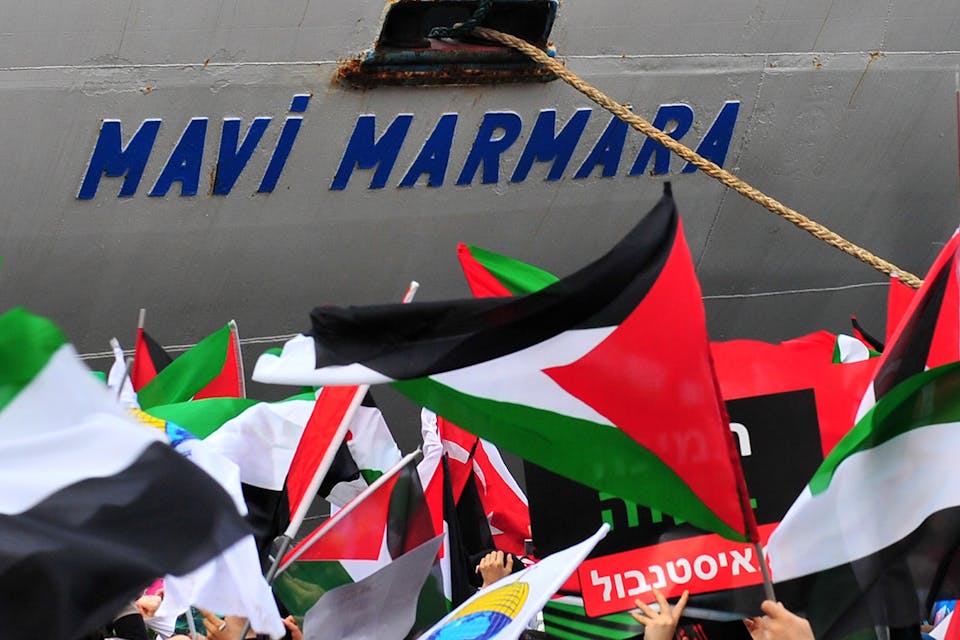
September 27, 2021
How Israel’s Former Allies Became Its Foremost Enemies, and Vice Versa
By Emmanuel NavonWhere Israel once aligned with Turkey and Iran against the Arab states, it now finds itself aligned with those former enemies against Turkey and Iran.
The announcement in the summer of 2020 that Israel was normalizing relations with the United Arab Emirates heralded a dramatic shift in Middle Eastern diplomacy. When Bahrain joined in quick succession, followed a little later by Sudan and then Morocco, it became clear that Arab governments would no longer give Palestinian leaders a veto over their policy toward the Jewish state. Yet as much as the Abraham Accords marked a sea change, they were also an extension of a diplomatic “periphery strategy” Israel first embraced in the late 1950s. This continuity becomes clear if we see the latest advances in peacemaking in the broader context of the Jewish state’s geopolitical role in the region over the past seven decades.
I. The “Old Periphery”
For Israel’s diplomats, 1958 was a dark year. Israel’s most formidable and hostile neighbors, Egypt and Syria, merged into a “United Arab Republic” led by Gamal Abdel Nasser under the banner of his Arab nationalist ideology. That same year, Charles de Gaulle returned to power in France, which was at the time Israel’s only true ally in the full sense of the word, and its primary supplier of arms. De Gaulle immediately downgraded military and intelligence cooperation with Jerusalem. Meanwhile, a coup overthrew the Iraqi monarchy, opening the door to further Nasserist and Soviet influence. Israel felt increasingly threatened. So did other non-Arab Middle East countries, first and foremost Iran and Turkey.